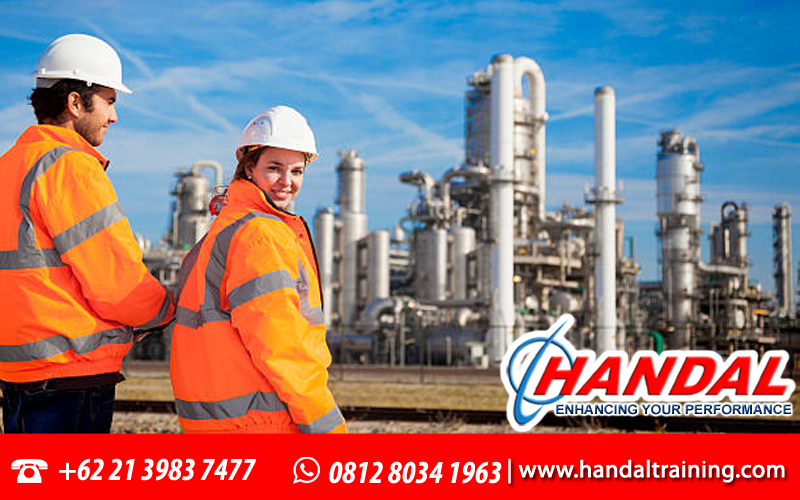
- Safety & Risk Assessment
HSE Risk Assessment Training
Foreword
It is difficult to explain in normal word, how dangerous our world is. Both large-scale natural and man-made disasters seem to occur on an almost daily basis. An accident at a plant in Bhopal, India, killed over 2,500 people. A nuclear power plant in the Ukraine exploded and burned out of control, sending a radioactive cloud to over 20 countries, severely affecting its immediate neighbors, livestock and farming.
A total of 6.7 million injuries and illness in the United States were reported by private industry in 1993. Two commuter trains in metropolitan Washington, DC, collided in 1996, killing numerous passengers. Large of oil tankers ran aground in Alaska and Mexico, spilling millions of gallons of oil and despoiling the coastline. An auto-mobile air bag manufacturing plant exploded, killing one worker, after it had over 21 fire emergencies in one year. Swarms of helicopters with television cameras were drawn to the plant after call, creating a public relations nightmare and forcing government to shut down the plant temporarily.
An airliner crashed into an apartment building in downtown Sao Paolo, Brazil, killing all on board and many in the apartment building. Another airplane mysteriously dipped and spun into the ground in Sioux city, IOWA. Two airplanes collided on runway in the Phillipines. Recently, One Indonesia Airlines Boeing 737-900ER crashed in Bali Sea near to airport runway. An airliner crashed into the Florida Everglades after an oxygen exploded in the cargo hold, killing all 110 people on board. Aloha accident, fuselage rupture near cockpit section in Boeing 737 series caused by explosive decompression. CN 235 Merpati MZ 5601 namely Trangadi, crash at Gunung Puntang, Bandung, Jawa Barat. Hundreds of thousands of people have died as a result in the accident in aircraft industry.
We all know how quickly technology is changing; as engineers, it is difficult just to keep up. As technology advances by leaps and bounds, and business competition heats up with the internationalization of the economy, turn round time from product design to market launch is shrinking quickly. The problem quickly becomes evident; How do we build products with high quality, cheaply, quickly, and still safely?
An American Society of Mechanical Engineers (ASME) national survey (Main & Ward, 1992) found that most design engineers were very aware of the importance of safety and product liability in design but did not know how to use the system safety tools available. In fact, most of engineers who responded said that the only safety analyses they used were the application of safety factors in design, safety checklists, and the use of compliance standards. Almost 80 percent of the engineers had never taken course or HSE training in college, and more than 60 percent had never taken a short course in safety through work. Also, 80 percent had never attended a safety conference and 70 percent had never attended a safety lecture or occupational safety and health training.
We can offer consulting and training in Health, Safety and Environmental (HSE training and consulting) in order to keeping your business, employees and customers safe is fundamental to your organisation, and also help you to comply the latest legislation, best practice and its implementation.
Training Objectives:
- This valuable program is designed to assist delegates to understand:
- Learn the core concepts of fundamental HSE Management system & application in industry
- Understand how to modify & improve the existing HSE Management system without avoid the safety and business aspects
- Learn how implement the tools of cost effective system as a basic to control production program
- Have a detailed knowledge of the optimization of safety practices, in order to maximize facility and minimize risk with identify, understand and control process hazards.
Who Should Attend?
- Safety Manager/Superintendent/Engineer/Planner/Supervisor
- Project, Maintenance Engineer
- Process & Manufacturing/Engineer
- Production Planner/Engineer/PPIC/Operation Engineer
- Professionals.
Training Schedule
20 February - 21 February 2025
19 May - 20 May 2025
14 July - 15 July 2025
1 October - 2 October 2025
Training Instructor
Training Fees
CLASSROOM (TATAP MUKA)
INCLUDED
- Training Kit, Certificate, Merchandise, Coffee Break & Lunch.
WEBINAR (ONLINE)
INCLUDED
- E-modul, e-certificate.